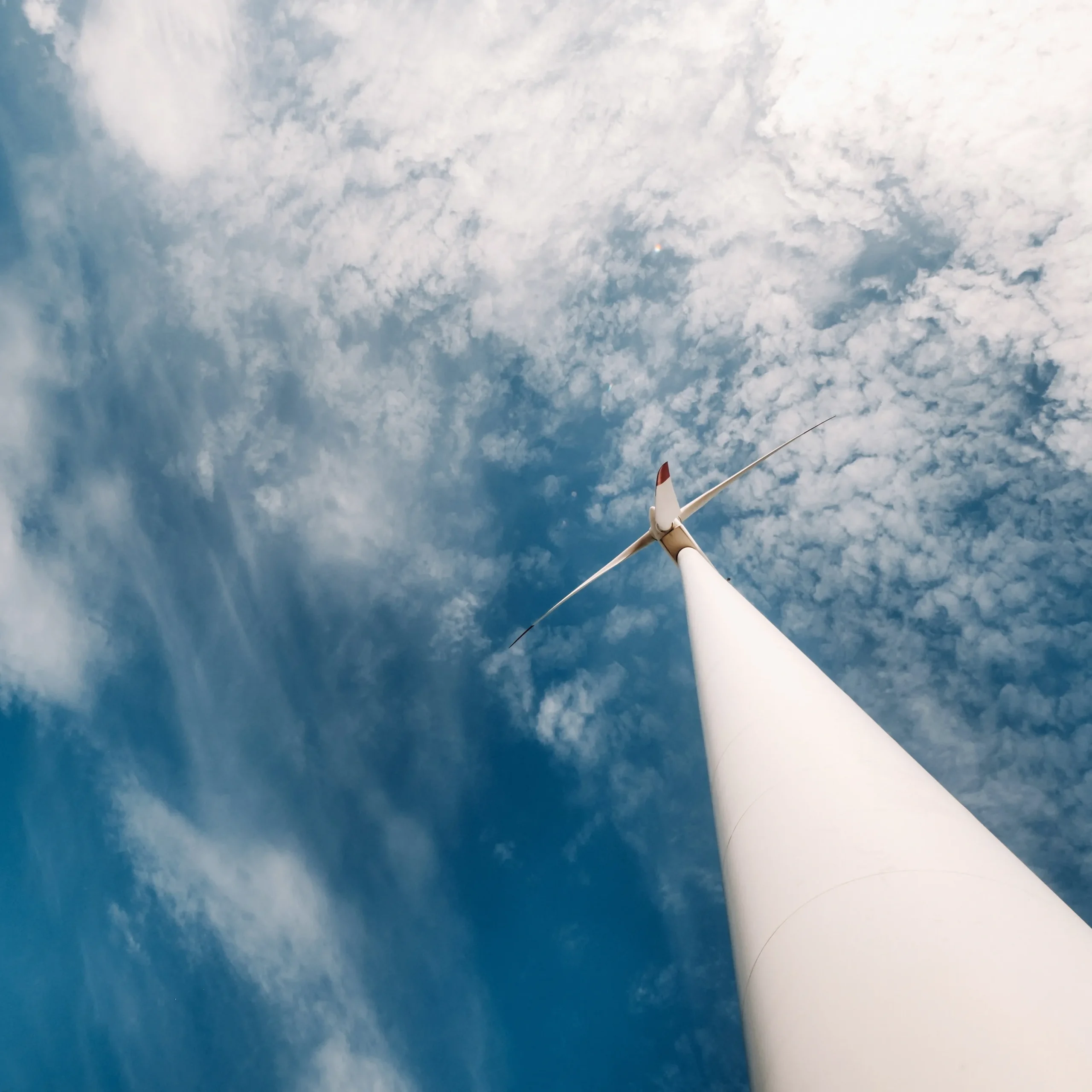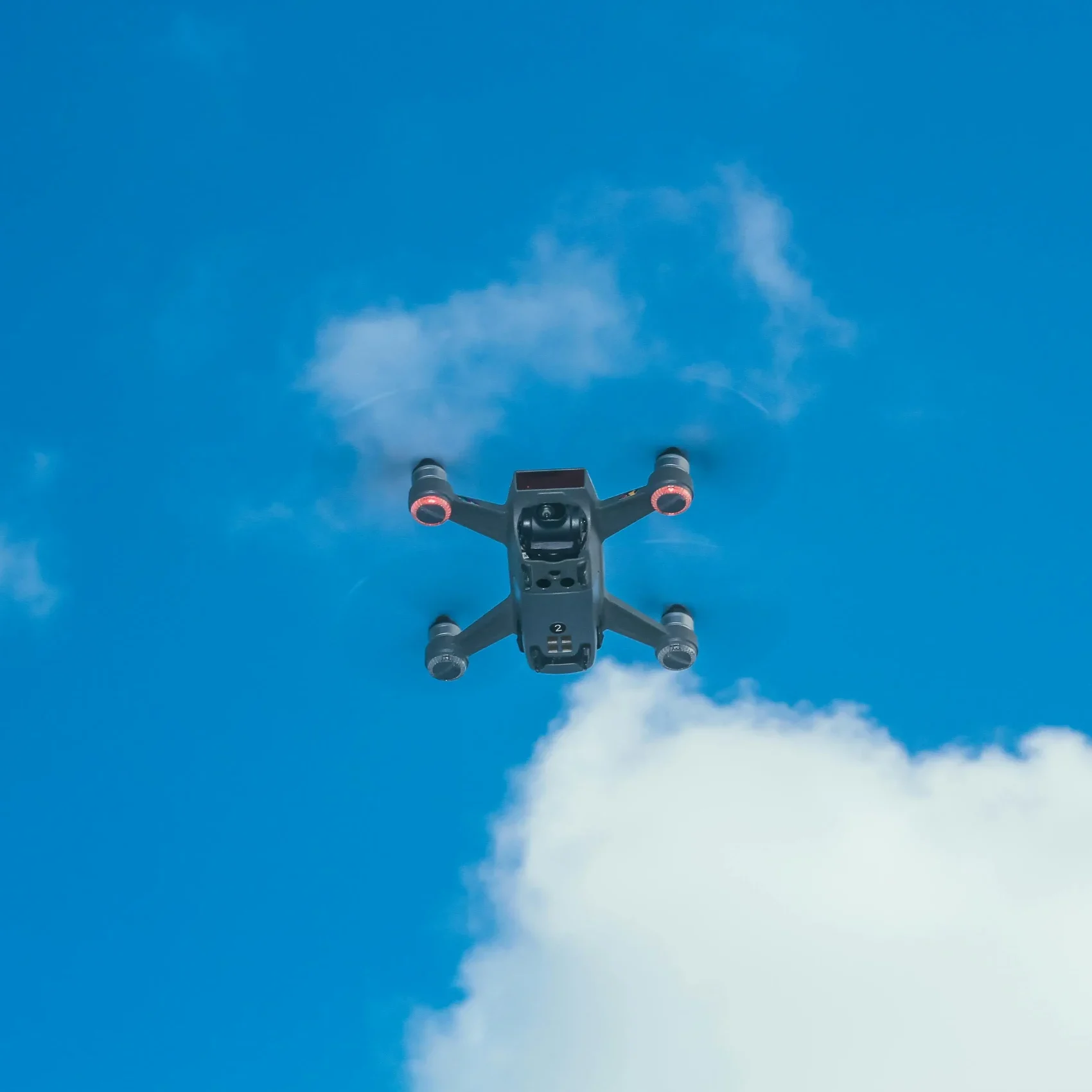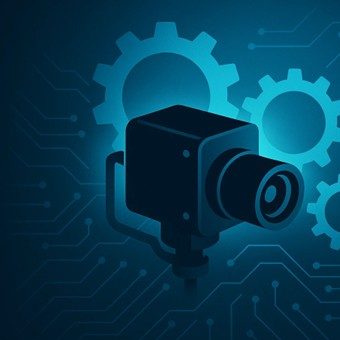Autonomous drones are rapidly becoming the tool of choice for inspecting mines, sewers, industrial tanks, ship ballasts and other environments where GPS is denied, illumination is scarce and space is tight. These applications demand a lightweight drone vision camera that can capture every detail despite motion, vibration and near-total darkness. At the same time, real-time data rates must be high enough to feed on-board navigation processors and remote operators through low-latency radio links. KAYA Vision’s Iron and Zinc product families were engineered precisely for these challenges, combining low-light high-resolution imaging with rugged mechanics, minimal SWaP (size, weight and power) and industry-standard interfaces such as CoaXPress v2.1 and 12G-SDI.
The imaging challenges inside confined spaces
In a tunnel or storage tank, reflected light can be less than one lux, yet the inspection drone must still build a metrically accurate map, recognize corrosion, cracks or foreign objects and avoid collisions with protruding beams and pipes. Traditional action-camera modules simply saturate noise under those conditions. A professional machine-vision sensor with global shutter, large pixel full-well capacity and high quantum efficiency is the only practical path to usable data.
Meanwhile, confined areas impose strict weight limits on the payload. Every additional gram shortens flight time and reduces maneuverability, so the vision system has to deliver the performance of a laboratory camera while fitting into a sub-100 g envelope. Finally, electromagnetic noise from electric motors and rotating machinery can disrupt flimsy consumer cables. A robust, low-EMI interface such as CoaXPress or SDI protects the video stream from corruption and keeps the control loop stable.
Iron 5514 BSI – unmatched sensitivity for low-light high-resolution imaging
At the heart of the Iron 5514 BSI is the Gpixel GSPRINT5514BSI backside-illuminated sensor with 85 % quantum efficiency and less than 2 e- temporal noise. The 30.5 mm diagonal format offers 14.2 MP (4608 × 3072) resolution at up to 275 fps via four CXP-12 links. When flown on a mapping UAV, this camera provides sub-millimetre ground sampling distances even when mounted behind an optically fast, lightweight M42-mount lens.
Because the sensor uses a global shutter and stores charge behind the photodiodes, distortion-free images are captured even during aggressive yaw and pitch motions. The high dynamic range (>77 dB) means details in a dark steel wall and a reflective water puddle are preserved in one exposure. That capability is crucial for vision-based SLAM algorithms that struggle with blown-out highlights or crushed blacks.
Iron 4600 – ultra-high resolution for detailed 3D reconstructions
When the mission requires photogrammetric models of large shafts or historical vaults, spatial resolution matters more than frame rate. The Iron 4600 delivers 45 MP at up to 100 fps through CoaXPress v2.1, giving operators cinematic coverage without sacrificing throughput. Despite its 75 mm × 75 mm front face and a compact 44 mm depth, the camera weighs only 450 g thanks to precision-machined aluminium and an efficient <11 W power budget.
Unlike consumer DSLR sensors, the Gigapyx 4600 pixel architecture provides >90 dB dynamic range and rolling-shutter readout tailored for machine vision. GenICam-compliant controls allow the flight computer to adapt exposure, gain, ROI and binning in real time, balancing image quality and telemetry bandwidth as ambient light changes.
Iron SDI 305 – the featherweight champion
For micro-drone platforms that must slip through 250 mm diameter man-holes, weight is everything. The Iron SDI 305 tips the scales at a mere 50 g yet streams 4K/60 p over single-link 12G-SDI. Powered by the Sony Pregius IMX305 global-shutter sensor, it captures 3840 × 2160 footage with >70 dB dynamic range. The camera operates from –40 °C to +80 °C, ensuring reliable service in freezing pipelines or scorching engine rooms.
Because all control metadata and 12G-SDI video travel on a single micro-BNC coax, while a separate two-wire lead supplies 11–28 V DC, cabling inside the airframe stays short, light and immune to RF interference. A lightweight drone vision camera seldom combines plug-and-play convenience with industrial reliability, but the Iron SDI 305 achieves both.
CoaXPress vision for UAVs – why interface choice matters
Ethernet is popular for ground-based machine vision, yet its protocol overhead introduces latency that destabilizes closed-loop obstacle avoidance. CoaXPress vision for UAVs offers deterministic 12.5 Gb/s per cable with only microseconds of jitter. That performance enables advanced pipelines: stereo depth estimation, CNN-based object detection and dense point-cloud fusion – all executed onboard before compressed frames are down-linked.
KAYA Vision’s Iron 5514 BSI and Iron 4600 include PoCXP, letting engineers power the camera from the same coax that handles data, eliminating extra regulators and connectors. For tethered inspection drones powered through umbilical cables, the long-distance reach of CoaXPress (up to 100 m on RG-6) guarantees uncompressed, artifact-free imagery from the deepest shafts.
Designing a fully-integrated payload
A successful confined-space UAV payload balances optics, mechanics, electronics and software:
- Lens selection: Pick fast (f/1.4–f/2.0) optics with minimal distortion and a small image circle that still covers the sensor diagonal. KAYA’s M42 mount on the Iron family accepts lightweight machine-vision lenses optimised for 3–6 µm pixels.
- Thermal management: Continuous 275 fps capture generates heat. Mount the camera on a conductive aluminium plate connected to the drone’s carbon frame to spread thermal load and maintain sensor stability.
- Trigger & synchronization: The Iron series provides opto-isolated I/O for syncing strobes or multiple cameras. Tie the exposure to IMU or LiDAR timestamps to simplify sensor fusion.
- Data pipeline: NVIDIA Jetson or AMD Ryzen V2000 modules can ingest CXP via grabber cards; SDI is directly accepted by many video encoders. Use hardware H.265 compression to fit 4K telemetry into a 20 Mbps radio channel.
- Software stack: GenTL producers from KAYA Vision integrate seamlessly with ROS 2 and popular SLAM frameworks. Pre-built CUDA samples accelerate convolutional filtering and neural inference.
Future directions – combining lidar and video
While low-light high-resolution imaging provides rich texture, adding lidar improves absolute scale. CoaXPress vision for UAVs complements this hybrid approach because the same coax can carry the PPS trigger from a lidar encoder to the camera, aligning depth points with RGB pixels at the sensor level. KAYA Vision is actively testing time-synchronised acquisition modes that will appear in upcoming firmware, enabling sub-millisecond alignment without extra hardware.
Getting started with KAYA Vision cameras
KAYA Vision maintains comprehensive SDKs and reference designs showcasing how a lightweight drone vision camera can be wired, powered and controlled. Evaluation kits include CXP grabbers, coax cables, lens adapters and 3D-printed gimbals. Typical integration takes under two weeks:
- Mount the camera and lens to the drone frame.
- Attach the coax or SDI cable to the flight computer or encoder.
- Install the GenICam driver and sample ROS nodes.
- Use auto-exposure to benchmark illumination requirements; fine-tune gain for optimal SNR.
- Activate on-camera ROI or binning to manage bandwidth during take-off, then switch to full resolution once inside the target volume.
Whether your goal is heritage preservation, disaster response or asset inspection, KAYA Vision’s Iron series delivers the dependable imaging foundation your UAV needs. The combination of rugged MIL-STD mechanicals, flexible interface options and exceptional sensor technology ensures that the harshest, darkest environments can be visualised in stunning clarity – all without compromising the weight budget that keeps your drone airborne.



